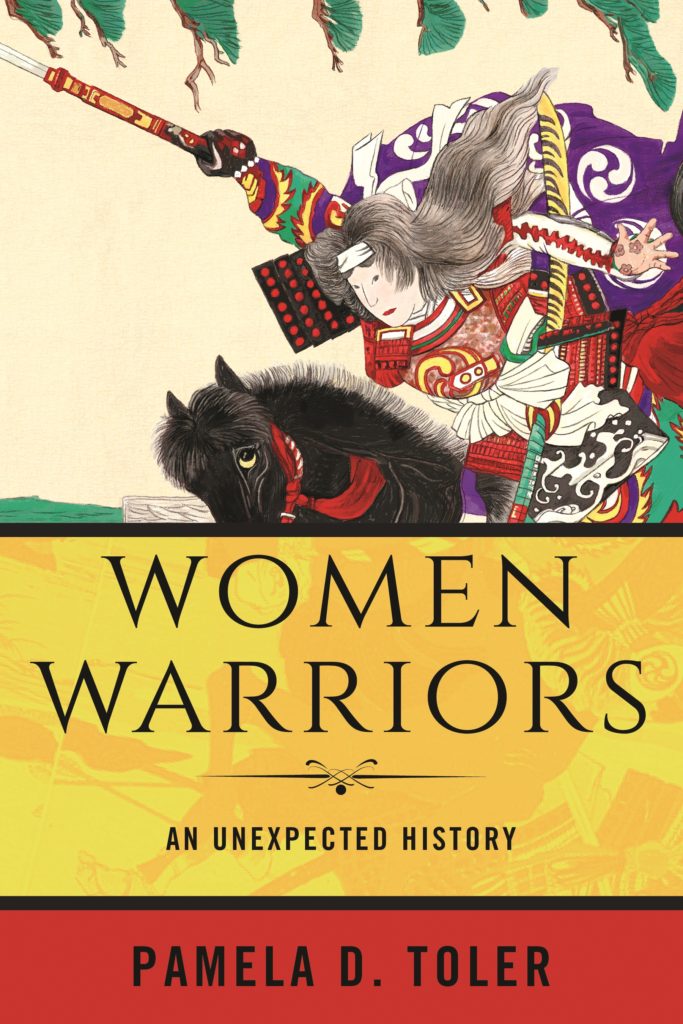In the mid-twentieth century, a Tibetan nun inherited her father’s position as clan chieftain and led her people in armed resistance against Chinese rule.
Lemdha Pachen was born in 1933, the only child of the chieftain of the Lemdha clan in Gonjo in the Kham province of Tibet. She became a Buddhist nun and was given the name Ani Pachen—Nun Big Courage. It turned out to be appropriate.*
When Pachen was seventeen, her father arranged her marriage with the chieftain of another clan on the grounds she would need help governing the tribe after her father’s death.† Unwilling to accept the marriage, she fled to a Buddhist monastery. Her father relented on the marriage plans. Six months later he called her home to learn her duties as a chieftain’s heir. She obeyed, though given a choice she would have stayed at the monastery and continued her spiritual practice.
It was a troubled time. That same year the People’s Republic of China invaded Tibet. Tibet had a small army, with no professional training. Its officers were members of the government bureaucracy who served a few months at a time in rotation. Tibet’s citizen soldiers were no match for the forty thousand battle-hardened Chinese soldiers who poured across the border. It took the People’s Liberation Army only two weeks to surround and capture Tibet’s army, including the country’s governor-general and his staff. With the army destroyed and no response to Tibet’s appeals to the United States, India and Britain for aid, the newly enthroned fifteen-year-old Dalai Lama sent a delegation to Beijing to negotiate. On May 23, 1951, the delegation reluctantly signed the Seventeen-Point Agreement for the Peaceful Liberation of Tibet, which accepted Chinese control over Tibet in exchange for promises to leave the Dalai Lama in control of the country’s internal affairs and Tibet’s religion and culture untouched—promises the Chinese broke almost immediately.
News of Chinese atrocities soon reached Kham province. Chinese soldiers entered Tibetan monasteries, stole their statues and sacred texts and terrorized the monks and lamas. Children were forcibly taken from their families and sent to school in China. Tibetan men were pressed into service to help build roads into Tibet. Tibetans in other regions of the country were sent to labor camps or executed.
As tensions escalated, Pachen’s father taught her to shoot. They stood on the roof and shot at a small wooden box on top of a post set in a field beside the house. The recoil of the rifle felt like a horse had kicked her in the chest, but she continued, eager to please her father. When she could hit the target, her father asked, “But if that were a Chinese? Would you dare to kill him?”
She didn’t know the answer.

After Chinese soldiers beat a lama in the street and urinated over his head, Pachen’s father began to meet with other local leaders on a regular basis to discuss tactics for dealing with the invaders. Pachen joined them at her father’s request, though she never felt entirely accepted. They watched her when they thought she wasn’t looking “with a mixture of curiosity, disbelief and dismay on their faces, as if they thought their meetings were no place for a woman.”1
The Chinese confiscated property, killed landowners, set up communes in Tibetan villages and brought in hundreds of Chinese peasants to settle in the sparsely populated regions of northern Tibet. In response, Tibetan leaders led thousands of resistance fighters against the Chinese camps. Things seemed to be at a stalemate.
The first bomb fell on the monastery at Lithang in the spring of 1956.
The lamas had refused to cooperate when the Chinese ordered them to provide a list of the monastery’s possessions. Instead they called a meeting, where they urged the men in the village to take arms against the invaders. The villagers organized a raid on a nearby Chinese camp. Pursued by the Chinese, they took shelter in the monastery. The Chinese threatened to bomb the monastery if they did not surrender the villagers. The monks defied them.
The Tibetans lived secluded from the outside world. They knew nothing about the bombings of London, Dresden and Tokyo. They had never even seen an airplane. When the first plane appeared in the sky above the monastery, the noise alone was terrifying. Then the bombs fell and the buildings exploded. There were six thousand people in the monastery; four thousand of them died.
In response to the bombings, Tibetans rose up in resistance across Kham province. By the end of 1956, tens of thousands of Tibetans had taken to the mountains: some fleeing the Chinese, some joining the armed resistance.
Pachen’s father could no longer watch passively. He rode from village to village, meeting with local chieftains and lamas and making plans for resistance. He sent instructions to every family listing how many men, horses, swords and guns they should contribute. He sent men from the clan to join the resistance fighters in the mountains.
When her father fell ill and died in 1958, Ani Pachen became the chieftain of the Lemdha clan and took up the task of organizing its forces. She had dreamed of a lifetime dedicated to prayer, but felt driven by duty to carry on her father’s work. The only way to save Buddhist pacifism in Tibet was to go to war.
In early 1959, Pachen led six hundred resistance fighters from her clan into the mountains on horseback, armed with guns and swords.
They took advantage of the mountainous terrain to ambush Chinese convoys. They destroyed Chinese camps. At one point, a messenger rode into camp with a letter for her, written in Tibetan with a Chinese signature: “Return to your family and I will guarantee that nothing will happen to your possessions. Furthermore, if you surrender all the weapons that are listed . . . you will be awarded an appropriate rank for your deeds.” Far from being tempted to surrender, she was outraged. “It’s better to die than to surrender to the Chinese,” she told the messenger. “Because I am a woman, they think I’ll hand over the weapons of my people. It’s an insult. Go back to them and tell them I will never surrender.”1
Ani Pachen, her troops and her family eluded the Chinese for two years. In 1960, the Chinese captured her as she fled over the Himalayas to India with her mother, aunt and grandmother. In a speech later reported in the Buddhist magazine Shambhala Sun, she said, “When they arrested me, they bound my hands and feet and hung me upside down and interrogated me. They beat me continuously. I would pass out and they would throw water on me and beat me some more.”
Pachen spent the next twenty-one years in Chinese prisons, where she was shackled, tortured and subjected to long periods of solitary confinement. She was released in 1981. Her orders were to return to Gonjo; instead she went to Lhasa, where she spent several years evading official notice and participating in demonstrations against Chinese rule.
In 1988, Pachen received word she was in danger of being arrested again. She fled to the Dalai Lama’s headquarters in India. She continued to work as an advocate for Tibetan freedom until her death in 2002.
Pachen summed up her own career at the end of her memoir: “The story will go like this: She led her people to fight against the Chinese. She was present at the protests in Lhasa. She worked to save the ancient spiritual teachings. When I die, just my story will be left.”1
* The primary source for Ani Pachen’s life is her memoir, Sorrow Mountain: The Journey of a Tibetan Warrior Nun, written in conjunction with Adelaide Donnelley and published in 2000. Donnelley describes the book as a story based on Ani Pachen’s life, rather than a strict biography. The details must be taken with caution, especially reported conversations based on memory. But the broad sweep of the story is historically accurate.
† Pachen’s case was not unique. A dear friend of hers, faced with parental plans for her marriage, was clear about their motivation: “If I marry who they choose it will strengthen our family.” In Ani Pachen and Adelaide Donnelley, Sorrow Mountain: The Journey of a Tibetan Warrior Nun (New York: Kodansha International, 2000), 84. Giving daughters in marriage to cement political alliances continued in traditional societies well into the modern era. (And may still continue.)





